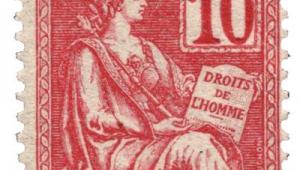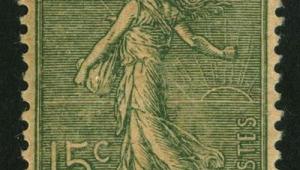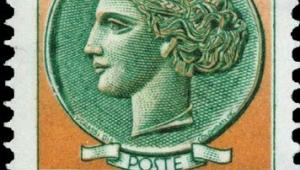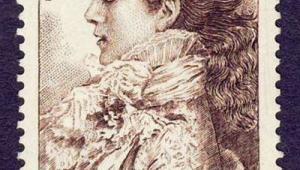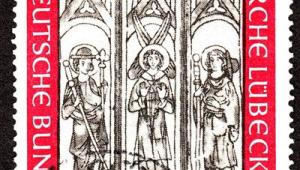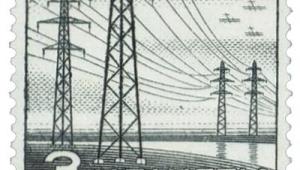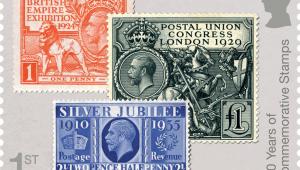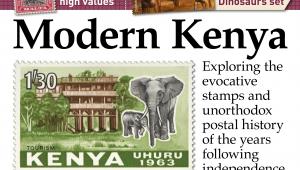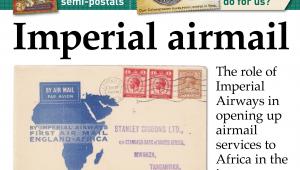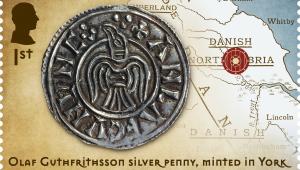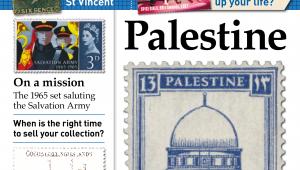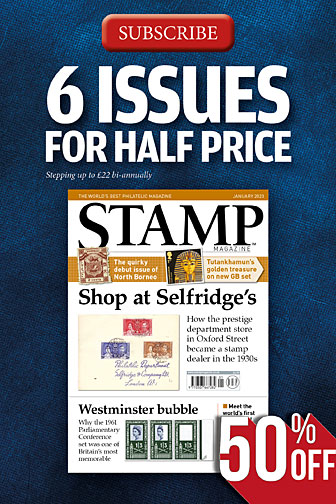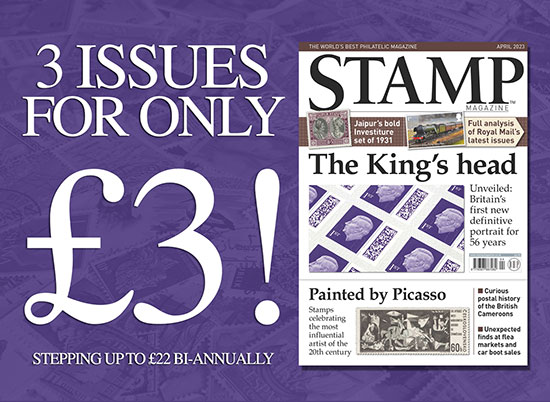West Germany: Feminine touch
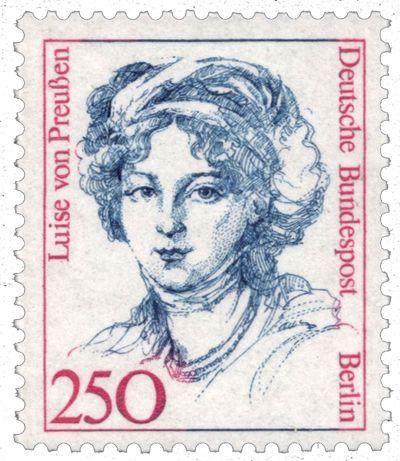
It is not only Germany’s older definitive sets that have found favour with collectors worldwide. Some modern issues are just as popular, not least for their attractive designs and fine printing.
One such is the Famous Women series, introduced in 1986 and still in use as recently as 2005.
For most of its lifetime it co-existed with another definitive series (Tourist Sights, introduced in 1987), which goes some way to explaining why its stamps can be found only in counter sheets or sheetlets, not in booklets or other formats.
Even so, it eventually extended to 26 values, with interesting varieties.
All the stamps in the set were designed by the same man, Professor Gerd Aretz, but they were illustrated by various different engravers, before being recess-printed in two colours.
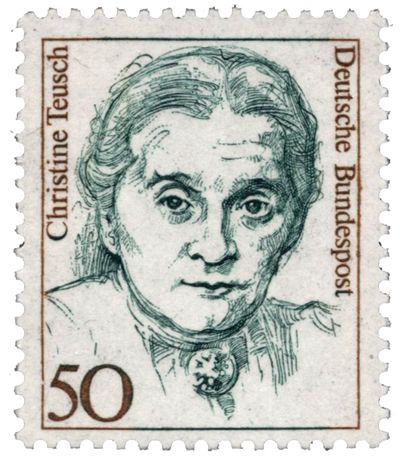
It all started with just two values issued in the Federal Republic of Germany (West Germany) on November 13, 1986. The 50pf green and brown depicted Christine Teusch, a Christian Democrat politician after World War II, while the 80pf brown and green honoured Clara Schumann, the 19th-century pianist and composer.
As the series developed, women from all walks of life were portrayed, some better known internationally than others.
Queen Louise, on the the 250pf, was the wife of King Frederick William III of Prussia who was famous for negotiating with Napoleon. Charlotte von Stein, on the 400pf, was a close associate of the writer Johann von Goethe. But best known of all was Marlene Dietrich, the Hollywood actress and singer, who appeared on the 110pf, the inland letter rate, from 1997.
Not all the women depicted were German by birth, which is why the official name for the set is Famous Women in German History. Baroness von Suttner, the novelist who led an international peace movement before World War I and appears on the 200pf, was Austrian.
In the early days of the series, as was usual at the time, matching stamps were made available for use in the enclave of West Berlin. These were identical to the standard issue, except for the added inscription ‘Berlin’.
A total of 17 such values were issued up to 1989, after which the Berlin Wall came down, Germany was reunified and the existing West German stamps became available throughout the country.
A subsequent change of the inscription from ‘Deutsche Bundespost’ to ‘Deutschland’ (which first affected the Famous Women series in 1997) is often attributed to reunification, but in reality had nothing to do with that. It merely marked the postal administration’s change from state ownership to a public company.
Originally, all the stamps were printed in sheets of 100. From 1994, however, they were issued in sheetlets of 10, which soon became the norm.
Only two values, the 200pf and 300pf, were issued in both formats. Single stamps are very hard to tell apart, but marginal copies are easy because the sheetlets had a multi-line frame around all four margins.
To prepare for the introduction of the Euro, four stamps with new designs were issued in 2000-01 with the value denominated in both pfennigs and euros. After the adoption of the new currency, four more were issued in 2002-03 with the denomination solely in euros.
The series was replaced in 2005 by the new Flowers definitives.
